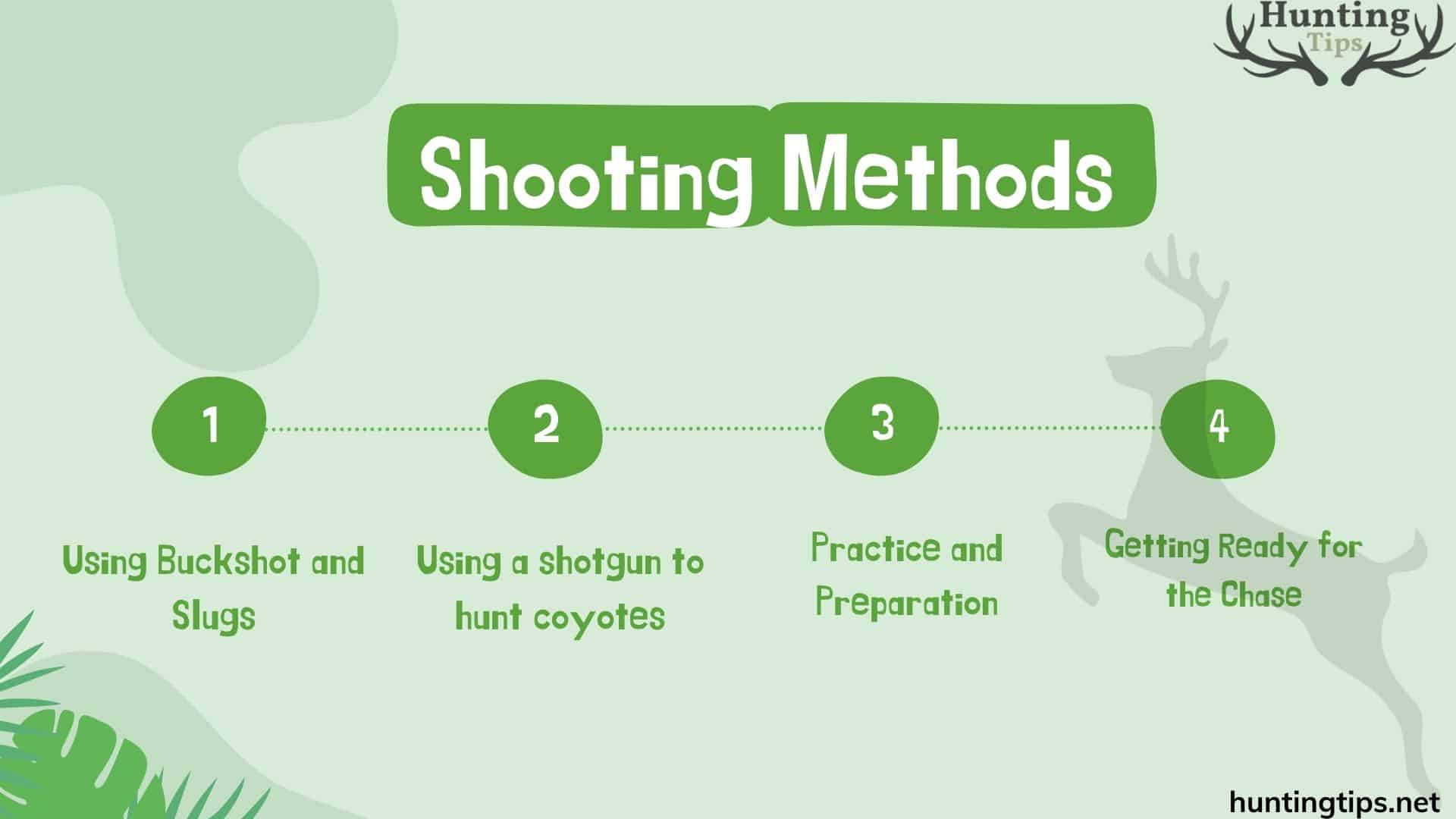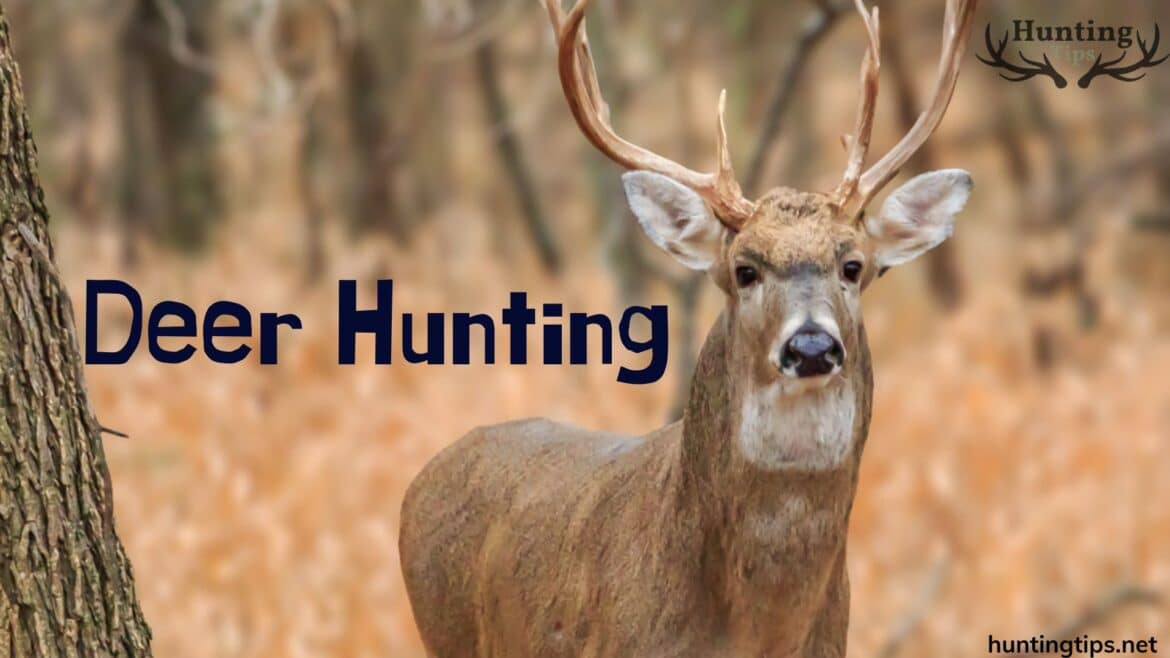Table of Contents
Understanding the Effective Range
When using a shotgun to hunt deer, one must usually engage targets at a close range of no more than one hundred meters. Most successful shots happen at shorter ranges, while specific setups with rifled barrels and sabot slugs can increase this range to about 200 yards. You must hone your shooting techniques inside these ranges to guarantee morally righteous and practical kills.
Accessories and Shotgun Setup

A ready shotgun is essential for effective deer hunting. To increase accuracy, consider getting a high-quality shotgun scope or sighting system. A hunting shotgun sling is also a great tool for carrying your gun comfortably on lengthy walks in the deer woods.
A strong set of pistol slings is another essential accessory. These can be quite helpful when negotiating tough or dense terrain. Your shotgun will always be close to reach with a reliable sling that will free up your hands for other chores.
Shooting Methods

The right shooting technique is essential whether you’re using a semi-automatic or bolt-action shotgun. To maximize accuracy, a right-handed hunter should maintain a firm stance, the correct grip, and regulated breathing. Practice shooting from a variety of angles because real-world situations frequently call for adaptability.
Using Buckshot and Slugs
Due to its restricted range and spread pattern, a shotgun loaded with buckshot is generally not advised for deer hunting, even though it is effective for predator hunting. Instead, concentrate on using slugs, which have greater accuracy and power. Having both buckshot and slug bullets handy can be helpful in scenarios where you may encounter coyotes ,deer and elks.
In the vast wilderness, elk hunting demands strategy and skill akin to mastering the art of deer hunting with a shotgun. Patience becomes paramount as you stalk through the forest, aligning your shot with precision and timing. Embrace the challenge of navigating rugged terrain, channeling the essence of nature’s rhythm to seize the elusive majesty of the elk amidst the wilderness’s tapestry.
Using a shotgun to hunt coyotes
Compared to hunting deer, shotgun hunting coyotes necessitates a distinct strategy. Coyote hunting with a shotgun is usually conducted at very close ranges, usually less than 50 yards. For this use, a buckshot-loaded shotgun works incredibly well, providing a broad spread that raises the likelihood of a hit. Those who use shotguns for deer and predator hunting should always have extra buckshot shells.
Practice and Preparation
Gaining proficiency with a shotgun during deer hunting requires consistent practice. Become familiar with the feel and functionality of your shotgun, whether it’s a slug gun or a multipurpose one that can fire several kinds of ammo. Furthermore, familiarize yourself with the topography of your hunting area to plan efficient movement and placement.
Think about visiting a shooting range to practice with various kinds of ammunition. This will enable you to make more accurate shots in the field by helping you understand the ballistic characteristics of the slugs or buckshot you have selected. To ensure you are ready for any eventuality, practice shooting from various angles and distances by simulating hunting scenarios.
Ethical Hunting
In hunting, ethical considerations are important. To prevent injuring animals needlessly:
- Make sure your shots fall inside your shotgun’s effective range.
- Use patience and wait for clear broadside shots to maximize the chances of a clean kill.
- Before entering the field, ensure you have the required licenses, permits, and tags and abide by the local hunting laws.

Getting Ready for the Chase
Choosing the appropriate equipment is only one aspect of preparation. Make sure you are prepared for the demands of hunting and in good physical shape. Being physically tired after spending long hours in the deer woods can make staying focused and productive during the hunt easier.
Wear clothes suited for the weather, layering them to stay dry and warm. Camouflage apparel is also necessary to blend in with the surroundings and evade detection by deer and other wildlife’s sharp senses. Remember to include necessities like a knife, first aid kit, and enough food and water to last you through your hunting trips.
Monitoring and Scouting
Good scouting is frequently the first step towards successful hunting. Scout the area you intend to hunt before the hunting season begins. Look for deer activity indicators, including tracks, droppings, and tree rubs. Knowing the deer tendencies and habits in your hunting region will help you set up for maximum success.
Once in the field, find the deer by using your tracking abilities. Proceed at a leisurely pace while remaining silent and vigilant for any movements or noises that could signal the deer’s presence. It might occasionally take hours or even days to capture a clear shot, so persistence and patience are essential.
Conclusion
Is a shotgun suitable for deer hunting? Indeed. Shotgun deer hunting is a special challenge that may yield very satisfying results with the appropriate planning and skill. Every step is important for your success, from choosing the suitable shotgun and ammo to perfecting your shooting skills and realizing the effective range. Prioritize ethical hunting techniques at all times, practice frequently, and arm yourself with the appropriate equipment. These pointers can help you become a more proficient and responsible hunter, whether navigating the deer woods or adjusting to close-quarters confrontations.


